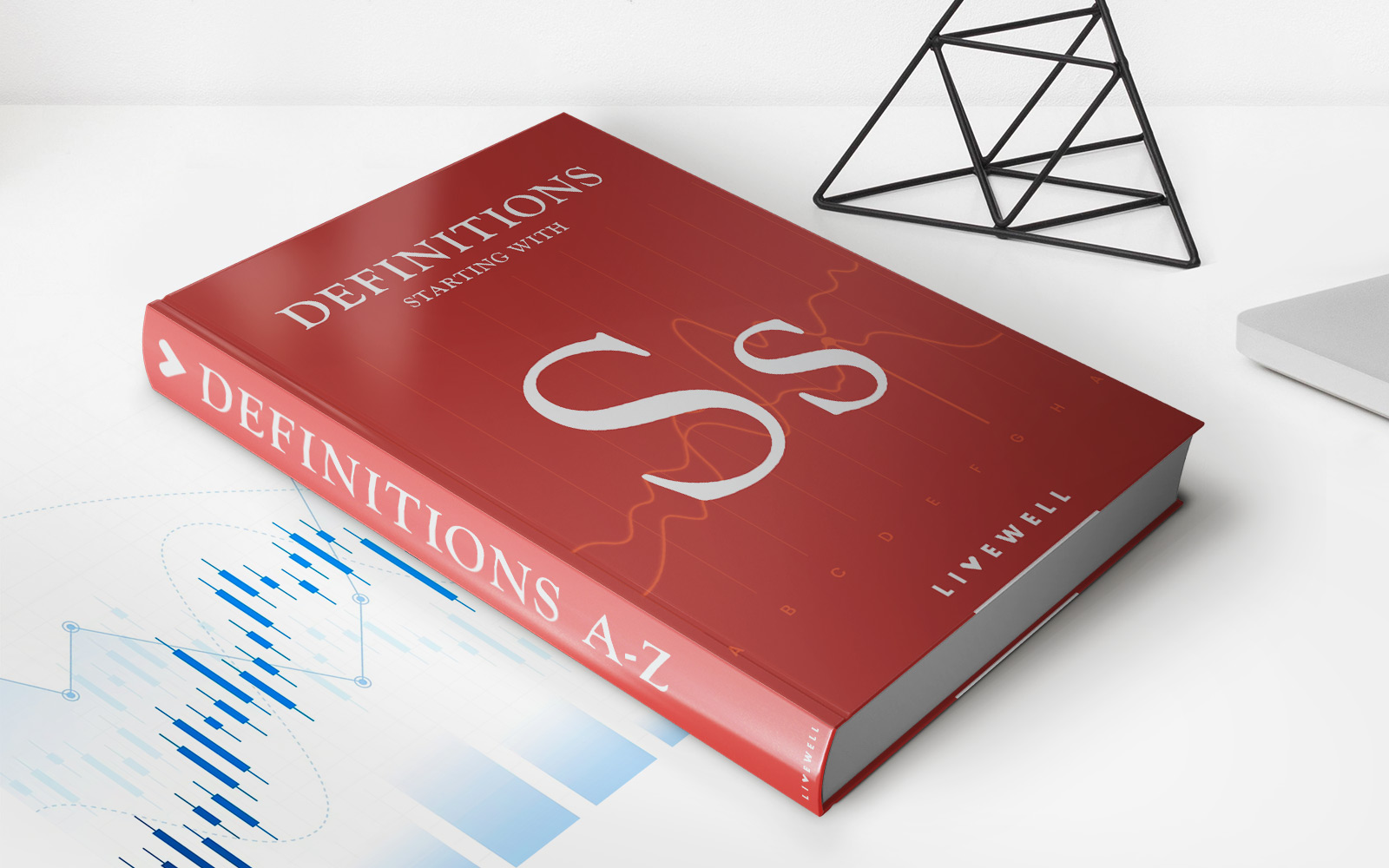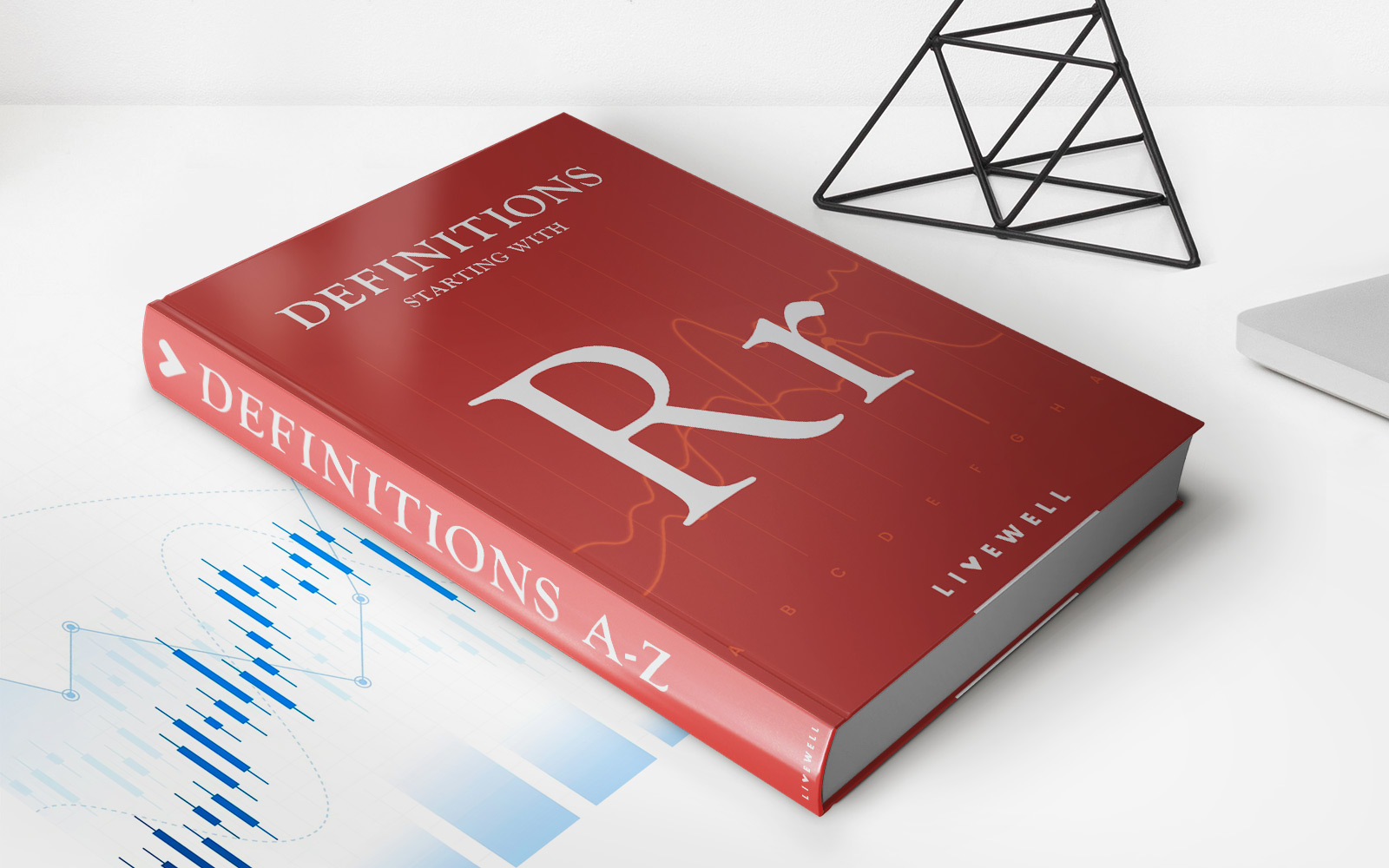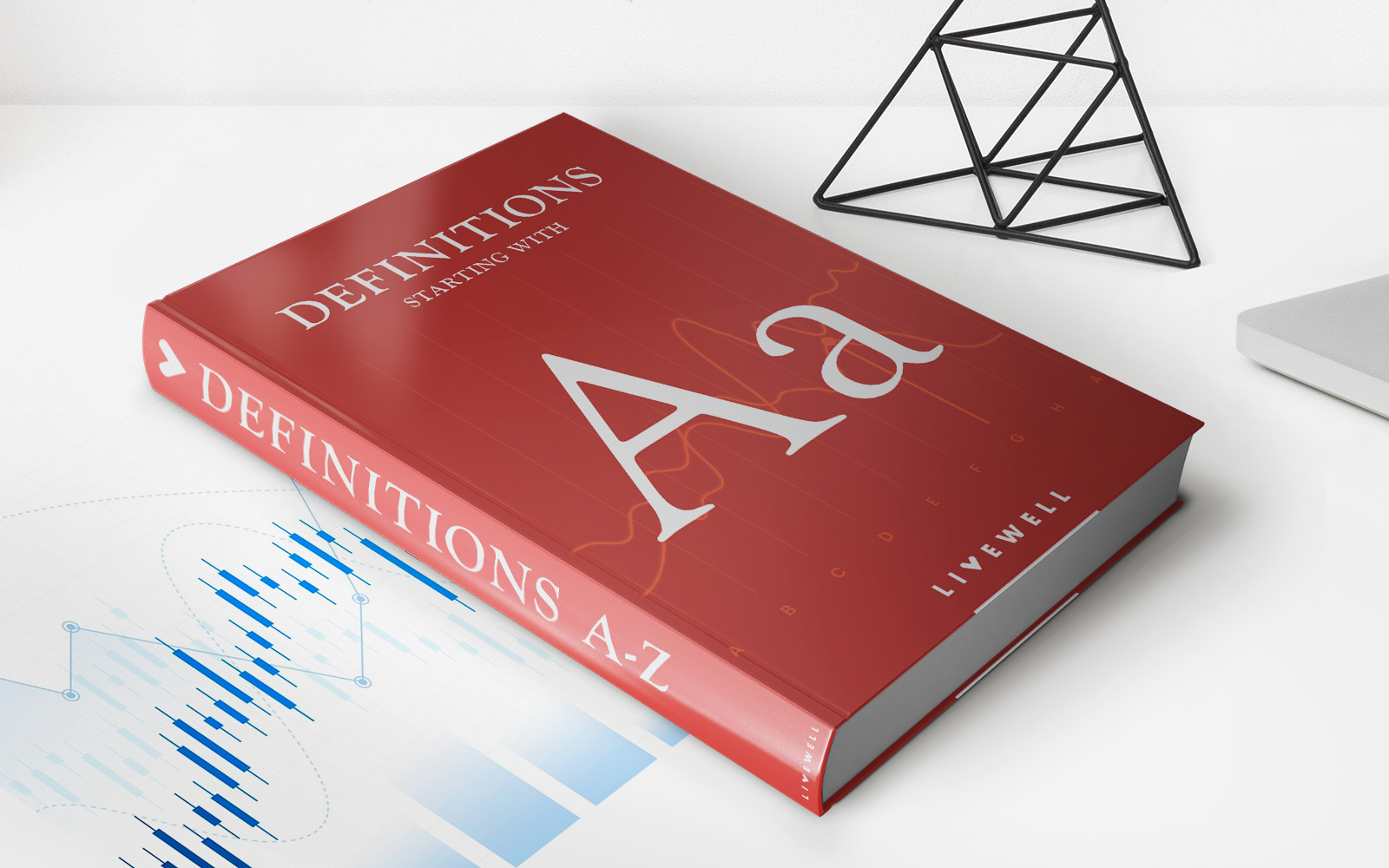Home>Finance>Committed Facility: Definition, Types, Vs. Uncommitted Facility


Finance
Committed Facility: Definition, Types, Vs. Uncommitted Facility
Published: October 30, 2023
Learn about committed and uncommitted facilities in finance. Understand the definition, types, and differences between these financing options.
(Many of the links in this article redirect to a specific reviewed product. Your purchase of these products through affiliate links helps to generate commission for LiveWell, at no extra cost. Learn more)
Committed Facility: Definition, Types, Vs. Uncommitted Facility
When it comes to financing options for businesses, committed facilities and uncommitted facilities are two popular choices. But what do these terms really mean? In this blog post, we will provide a comprehensive understanding of committed facilities, their types, and how they differ from uncommitted facilities. So whether you are a business owner or simply interested in the world of finance, read on to discover all you need to know about committed facilities.
Key Takeaways:
- Committed facilities provide a guaranteed line of credit to businesses for a specific period.
- They offer a more stable and reliable financing option compared to uncommitted facilities.
What is a Committed Facility?
A committed facility is a type of financing arrangement in which a financial institution, such as a bank, provides a guaranteed line of credit to a business for a specified period. This line of credit is typically used to fund daily operations, capital expenditures, or any other business-related expenses. The commitment from the financial institution means that the funds will be made available to the business as and when required, up to a predetermined limit.
Committed facilities provide businesses with the flexibility to access funds as needed during the committed period, giving them greater financial stability and peace of mind. This helps businesses effectively manage their cash flow and seize growth opportunities without the worry of immediate funding shortages.
Types of Committed Facilities:
- Revolving Credit Facility: This type of committed facility allows businesses to borrow funds, repay them, and borrow again within the committed period, without the need for renegotiation. It acts as a revolving door of credit, keeping funds readily available for the business’s ongoing needs. The interest is charged only on the borrowed amount, providing businesses with flexibility and cost savings.
- Term Loan Facility: Unlike the revolving credit facility, term loan facilities have a fixed repayment period. Businesses borrow a lump sum amount upfront and repay it, along with interest, over a set timeline. These facilities are commonly used for large capital investments or long-term projects, allowing businesses to align their repayment schedule with expected cash flows.
- Standby Credit Facility: A standby credit facility is typically used as a backup financing option. It provides businesses with access to funds in case of unexpected events, emergencies, or any sudden need. The standby facility acts as insurance, ensuring that the business can continue its operations without disruption, even in challenging circumstances.
Committed Facility vs. Uncommitted Facility:
It’s important to differentiate committed facilities from uncommitted facilities to understand their unique characteristics and benefits. Here are the key distinctions:
Committed Facility:
- Guaranteed line of credit provided by a financial institution for a specified period.
- Offers stability, predictability, and greater financial flexibility.
- Can be used for daily operations, capital expenditures, or any business-related expenses.
- Can take the form of revolving credit, term loan, or standby credit facilities.
Uncommitted Facility:
- Does not provide a guaranteed line of credit.
- Offers funds on an ad-hoc basis, subject to the financial institution’s discretion.
- Usually smaller in scale compared to committed facilities.
- Tends to have higher interest rates to compensate for the lack of commitment from the financial institution.
In summary, committed facilities like revolving credit, term loan, and standby credit facilities provide businesses with a reliable, stable, and flexible financing option. They enable businesses to effectively manage cash flow, seize growth opportunities, and mitigate financial risks. On the other hand, uncommitted facilities offer less certainty and may be limited in terms of available funds and timeframes. It’s essential for businesses to weigh their financing needs and choose the most suitable option based on their specific circumstances.
Now that you have a good understanding of committed facilities and how they compare to uncommitted facilities, you are well-equipped to make informed financial decisions for your business’s future.














